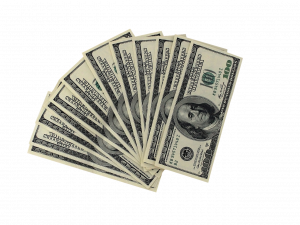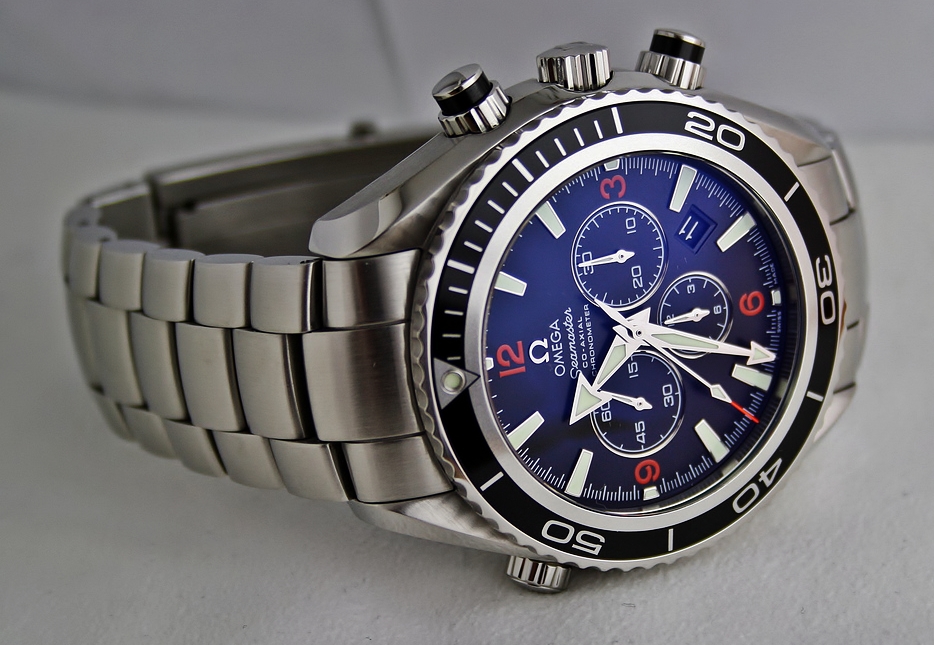
Trends come and go. They rise in popularity and everyone jumps on the bandwagon. If they can withstand the additional weight, they will last and help to shape the future. If not, they will collapse in on themselves and become a footnote in history. You can predict the future based on current trends that seem to be holding against the strain of popularity, and these are the industries that are currently shaping the way we live and the ways in which they are doing it.
Competitive Gaming
Also known as eSports or Pro Gaming, this is basically playing video games as a sport. It has grown in popularity considerably over the last few years and players, teams and organizers make millions from it. It is the fastest rising global sport and could topple soccer within 2 decades.
This will lead to great things for the entertainment industry, but it will also lead to a future where the world’s biggest sports stars, as well as the kids who aspire to be them, learn their craft through years spent sitting in chairs hunched over keyboards or controllers. Stimulant abuse, carpal tunnel syndrome and insomnia is rife among pro players and already there is a generation of kids aspiring to follow in their footsteps, neglecting the great outdoors and active pursuits in favor of TV screens and chairs in their bedrooms.
We’re all for gaming and we’re big gamers ourselves (see our pages on NaughtyDog and Bethesda), but practice makes perfect and more practice is key as industries become more competitive. That could lead to disaster here.
Personal Injury
The United States has always been a very litigious society. Every year it seems like there are more lawyers, more cases and more reasons for the media to moan. In actual fact, the media are just exaggerating most of this and frivolous cases are on the decrease. However, personal injury law is still strong and highly profitable, while medical malpractice, dog bite attorneys and other areas are growing in popularity (click here to learn more).
To make matters worse (or better, depending on how you look at it) the rest of the world is now following suit. The UK is more litigious than ever, most first-world countries are adopting the USA’s attitude and before long we’ll all be the same. This will make the world a better place for consumers and it will force big business to stay clean, but it could also cripple many smaller businesses following small mistakes.
Healthcare
The healthcare sector is always growing and this is the case worldwide. Medical science is getting more advanced with each passing year. More illnesses and diseases are becoming curable, we’re all living longer and this means that there are more patients and more demands on healthcare providers.
This is increasing the profitability of private hospitals, it is increasing the number of insurance companies and is is also forcing governments to rethink the way they operate. The US is being forced to consider more universal healthcare, ensuring those with little to no income don’t get left behind. While the UK is on the other side of the fence, with it’s free universal healthcare system becoming crippled by the increased demand.
Supplements, Teas and Diets
We’re far more concerned about our health than we have ever been and for the first time in generations there are more people concerned about feeling good and staying healthy than just simply looking good. Tanning beds, steroid injections and fad diets are being phased out in favor of superfoods, healthy detox teas and well-being supplements.
This has shaken up the healthcare industry in many ways. On the one hand, there are more weight-loss scams than ever, but on the other hand there are also more regulations, more companies focusing on quality, organic products and more research being done into products that are effective and potentially life-extending.
That’s why we now know about the many benefits of turmeric tea, why we know about the potential life-extending benefits of resveratrol, and why so many more superfoods are being discovered with each passing day.



 The world of big business is littered with controversy, frauds, and other scandals. As we delve deeper into the social media age, it’s not as easy for the companies behind these scandals to hide their misdeeds, which is why they seem more common now than ever. What follows is a short list of the biggest scandals to occur in the world of big business over the last few years.
The world of big business is littered with controversy, frauds, and other scandals. As we delve deeper into the social media age, it’s not as easy for the companies behind these scandals to hide their misdeeds, which is why they seem more common now than ever. What follows is a short list of the biggest scandals to occur in the world of big business over the last few years.







